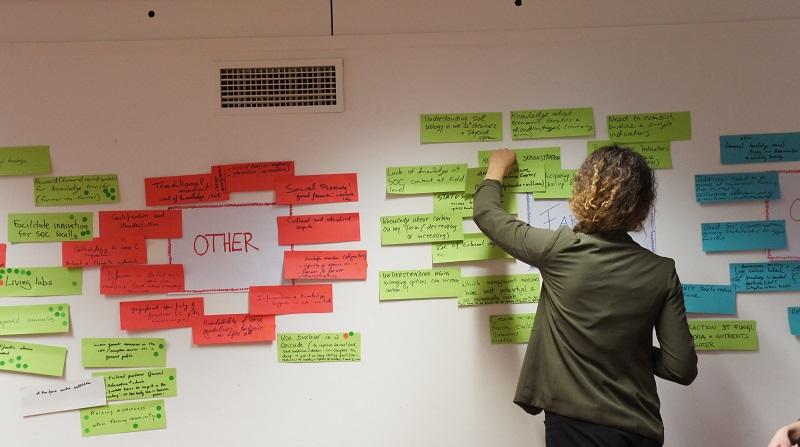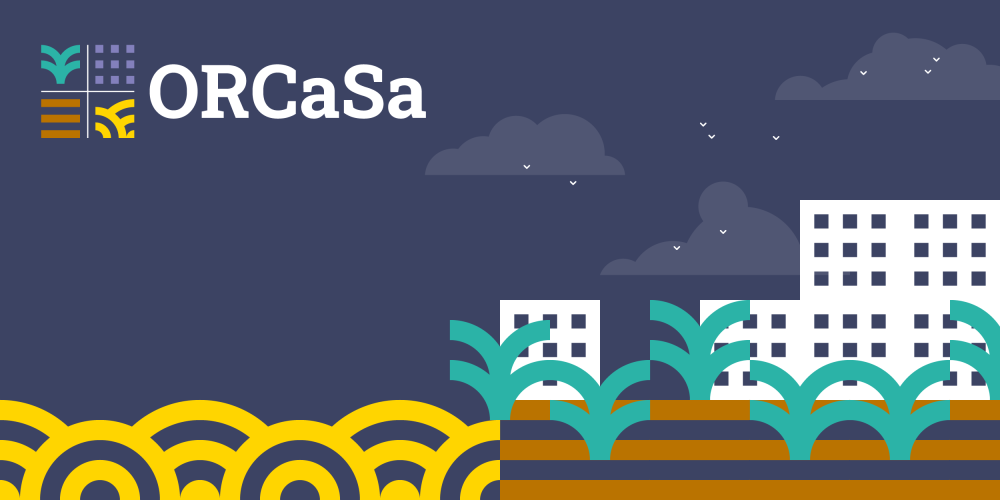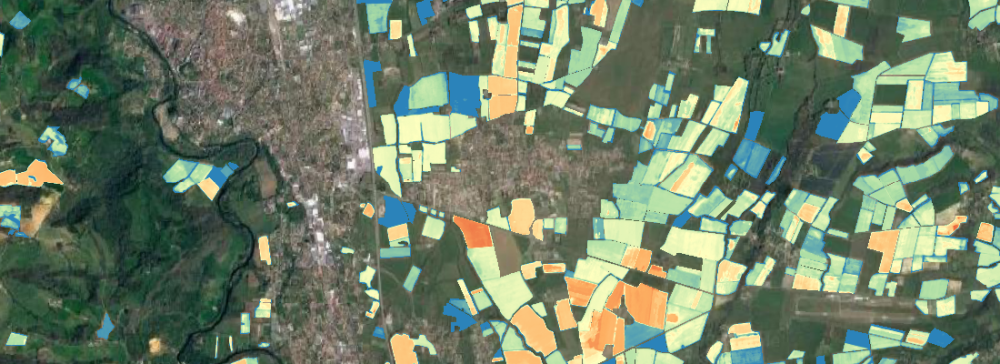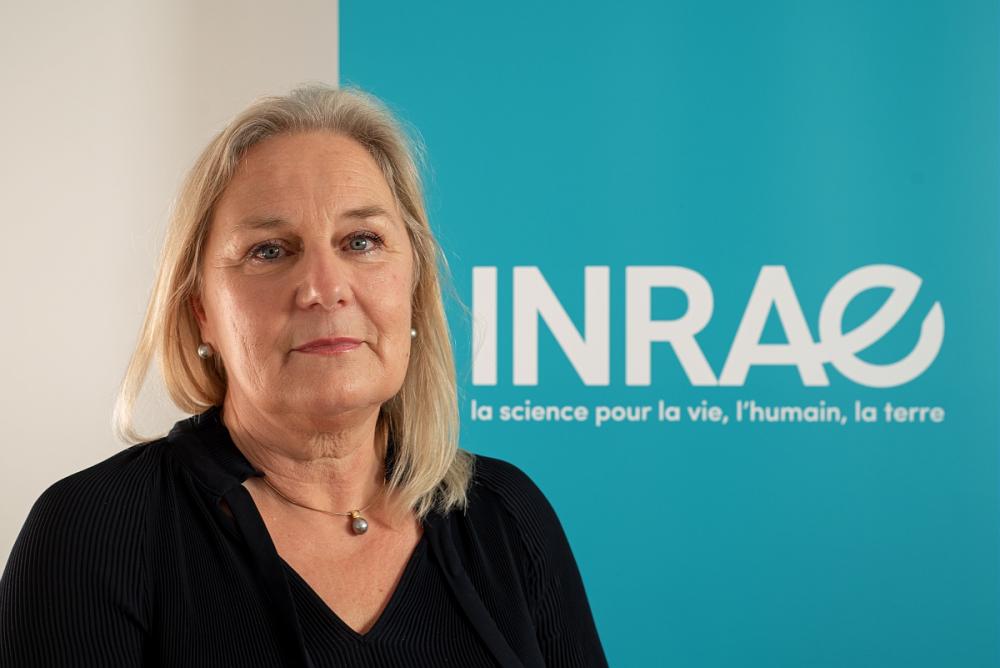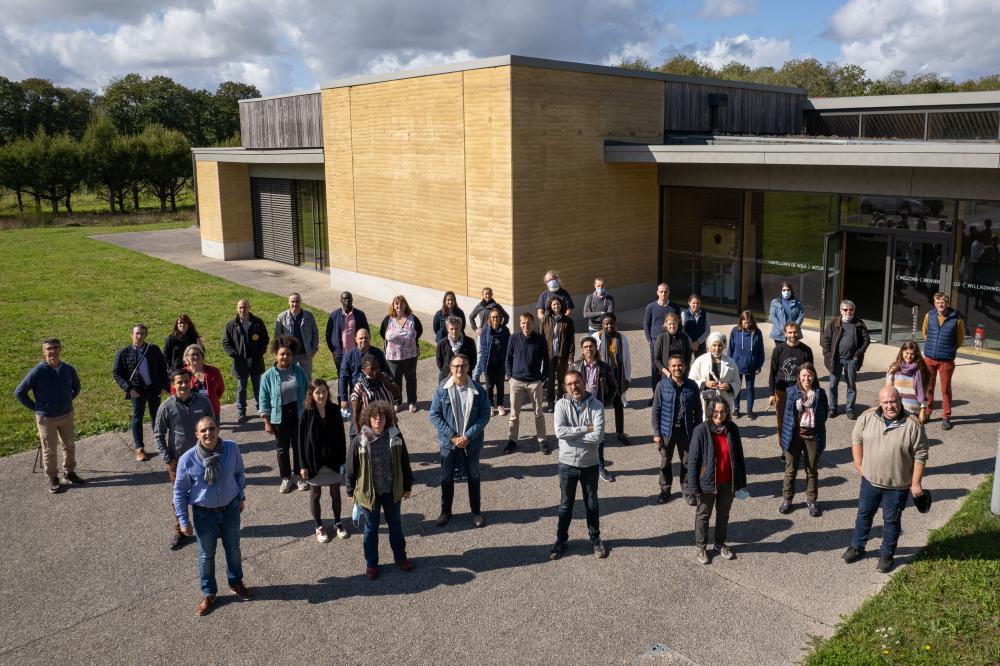Soil Carbon International Research Consortium
Launched in autumn 2023, the Soil Carbon International Research Consortium (Soil Carbon-IRC) is working to boost international collaborative research on soil carbon. The consortium offers resources to the diverse stakeholder communities engaged in soil carbon management.
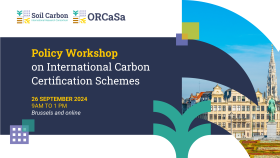
Policy Workshop on International Carbon Certification Schemes
26 September 2024, Brussels (Belgium) or on-line.
What proposals do other regions or countries have in terms of public and private schemes to promote the soil organic carbon (SOC) storage? How can they contribute to the ongoing discussions on the Carbon Removals Certification Framework (CRCF) from the European Commission?
This workshop will give you an insight into what is happening in the United States and Australia, as well as an overview of the context in the Pacific region and Europe.
Soil organic carbon—a tool for mitigating climate change
Soils contain nearly two times more carbon than does the atmosphere. Because they are depleted in organic matter, agricultural soils in particular have the potential to sequester vast quantities of organic carbon.
Three benefits of storing carbon in agricultural soils
- One way to mitigate climate change is to store carbon in deep soil layers for thousands of years, a natural solution arising from the stabilising properties of soil organic matter
- This strategy bolsters the climate resilience factors identified by the IPCC[1], which include greater soil quality, agricultural productivity, biodiversity, and water quality
- It is one of the least costly carbon-removal solutions that we currently possess in the fight against climate change
Pursuing Paris Agreement climate change objectives by increasing stakeholder awareness and scientific knowledge about soil carbon
We face the urgent task of achieving carbon neutrality by 2050. Soil Carbon-IRC has thus adopted the following goal: to harmonise international research efforts and share their results in order to develop effective practices for managing, increasing, preserving, and monitoring soil carbon storage.
The consortium seeks to serve as an international source of scientific expertise on soil carbon storage patterns and wants to fund multidisciplinary research and innovation that will help remove remaining scientific and technical obstacles to transitions.
Soil Carbon-IRC brings together research institutions, public agencies, and private companies. It provides expertise in three domains: research priority setting and alignment, knowledge sharing and capacity building, and methodologies for monitoring soil carbon.
The methods are part of the Monitoring, Reporting, and Verification (MRV) approach, which is used to quantify and verify shifts in soil carbon storage. Operating from a unified international scientific framework, the MRV system gathers real-life data on soils, agricultural practices, and climatic conditions, runs the data through remote-sensing-based models to estimate changes in carbon storage, and then verifies the findings using reference sites. MRV methods are currently being harmonised as part of France’s low-carbon certification scheme, as well as part of the EU’s carbon removal certification framework, in which farmers would be remunerated for storing carbon in soils and as biomass (i.e., carbon farming). Similar efforts are underway in other parts of the world, and thus international harmonisation will also be necessary.
[1]Special report on climate change and land, 2019
Soil Carbon-IRC comes into being
Impact4Soil—a global platform dedicated to soil carbon
Impact4Soil is a scientific platform that was created to help tackle the major challenges associated with managing soil carbon. It meets the needs of diverse users worldwide—farmers, foresters, policymakers, funding organisations, and researchers. Operating from a scientific framework, it offers its users services that verify, centralise, and disseminate reliable information.
These services include
- Connecting the numerous stakeholders who are committed to increasing levels of soil carbon storage
- Providing access to verified geographical information to transparently depict past, present, and future patterns of soil carbon storage across different spatial scales
- Sharing aggregated, up-to-date scientific data on how soil carbon is affected by climate change, land-use shifts, and land-management practices, arising from a comprehensive survey of over 25,000 scientific publications from all over the world
- Identifying and disseminating field interventions for managing soil carbon that come from trusted sources
- Harmonising research efforts and helping policymakers develop effective strategies by providing high-quality datasets in a centralised location
The platform can guide stakeholders as they design low-carbon strategies by supplying all the information they might need and by furnishing tools for measuring the impacts of public policies and industrial strategies.
The first immediate challenge for stakeholders is positioning themselves to develop carbon storage regimes that address the impacts of climate change on their activities and carbon storage levels. The Impact4Soil platform shares existing best practices that account for geographical specificities.
INRAE's soil carbon expertise
Measurement, Reporting, and Verification (MRV)—essential tools for monitoring the results of carbon storage practices
Eric Ceschia is a research director at INRAE’s Centre for the Study of the Biosphere from Space (CESBIO), and he is finalising MRV methods that will soon be made available through the consortium. He describes the development of these innovative methods, which will make a key contribution to the consortium’s monitoring toolkit.
"INRAE has played an essential role in the development of these MRV methods via CESBIO, which is currently the only research laboratory to have developed an approach dedicated to spatially modelling and monitoring changes in soil carbon storage. It is crucial to utilise an approach that combines real-life data with spatially explicit agricultural modelling to capture what is seen in the field: dramatic spatial variability in plant growth or regrowth, which can have a significant impact on the storage of soil organic carbon."
Two major contributions by CESBIO
- SAFYE-CO2 is an agrometeorological model that provides spatial estimates of biomass production, yield, evapotranspiration, and other contributors to the carbon footprint of crops. Results can be obtained at a resolution level of 10 meters or at the plot scale.
- AgriCarbon-EO is a preoperational processing chain that simulates biomass, yields, CO2 fluxes and crop carbon footprints, along with their degrees of uncertainty, at a resolution scale of 10 meters. AgriCarbon-EO is set to become an important contribution to the consortium’s future MRV toolkit.
Benefits of the MRV methods developed by INRAE
"The MRV system is innovative, as it is an approach that combines remote sensing with agricultural modelling and field data. The system, based on observational data, reduces certification costs thanks to remote sensing. It is possible to quantify carbon storage patterns across larger surface areas with greater precision, all while accounting for variation in conditions. As a result, funding organisations, private companies, and farmers could jointly finance the agroecological practices implemented by farmers to increase carbon storage. This form of risk sharing would make it possible to compensate farmers for any adverse consequences of carbon storage practices, such as those arising in the case of drought."
Crucial support global soil carbon research
For many years, INRAE has been involved in strategic European and international initiatives, with the goal of advancing global research on soil carbon and informing public policies seeking to implement effective strategies.
At a global scale
The 4 per 1000 initiative was launched at the COP21 climate change conference, held in Paris in 2015. To simultaneously reduce food insecurity and mediate climate change, the initiative promotes science-based policies, actions, and practices that increase levels of soil carbon sequestration and storage. INRAE helped found 4 per 1000, and INRAE's Vice President of International Policy Jean-François Soussana is a member of the Scientific and Technical Committee.
Based on a range of research, an original approach has been developed to assess the potential of soils to store 0.4% more carbon in mainland France and, in a more recent study, in France’s overseas departments and regions. This approach quantifies the region-specific costs of achieving the carbon storage target of +4‰.
In Europe
This methodology has now been applied in 24 European countries as part of EJP SOIL, a European Joint Programme with Horizon 2020 funding. Coordinated by INRAE research director Claire Chenu, EJP SOIL is addressing the global challenges of climate change and food insecurity by developing a European integrated research network focused on the sustainable, climate-smart management of agricultural soils. Launched in 2020, the five-year programme has brought together more than 400 scientists and 26 partner organisations from 24 EU countries. The objectives are to improve understanding of soils, identify research synergies, strengthen research communities, and raise public awareness of these challenges. Chenu states that the programme has led to advances in the international organisation of different consortia, including Soil Carbon IRC. "With this programme, we have paved the way by obtaining international funding to initiate the first international soil research network. We have connected international funders and shown that it is possible to agree on priority themes, negotiate documents for calls for projects, and arrange to have everyone providing funds on behalf of their own country on an international scale.”
In France
FairCarboN is a French programme with priority research and infrastructure funding (PEPR) that is exploring how continental ecosystems contribute to climate change mitigation and carbon neutrality. The programme is jointly managed by Pierre Barré of CNRS and Sylvie Recous of INRAE, who has described FairCarboN’s objectives and challenges.
Among FairCarboN’s five projects is the INRAE-led SLAM-B, whose goal is to guide policy development. Its integrated assessment models will inform the establishment of and investment in regional bioeconomies; inspire large-scale solutions for sustainably utilising residual agricultural and forestry biomass; and boost carbon sequestration in soils.

